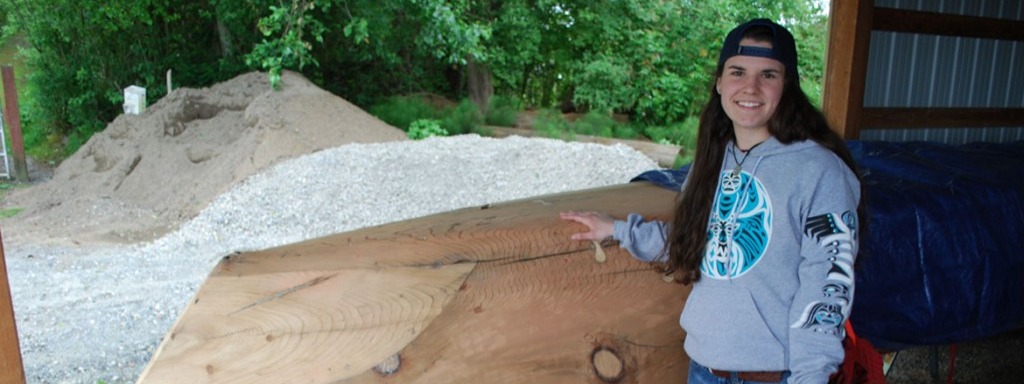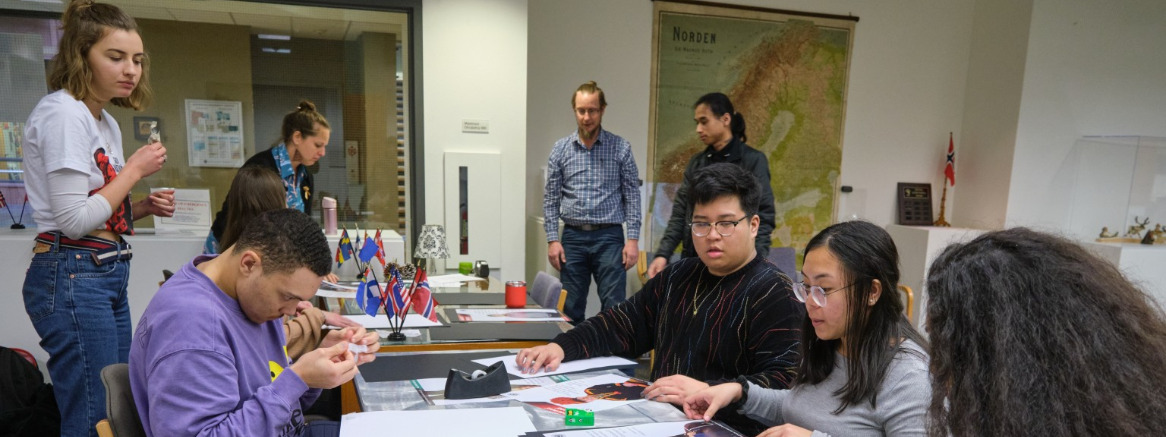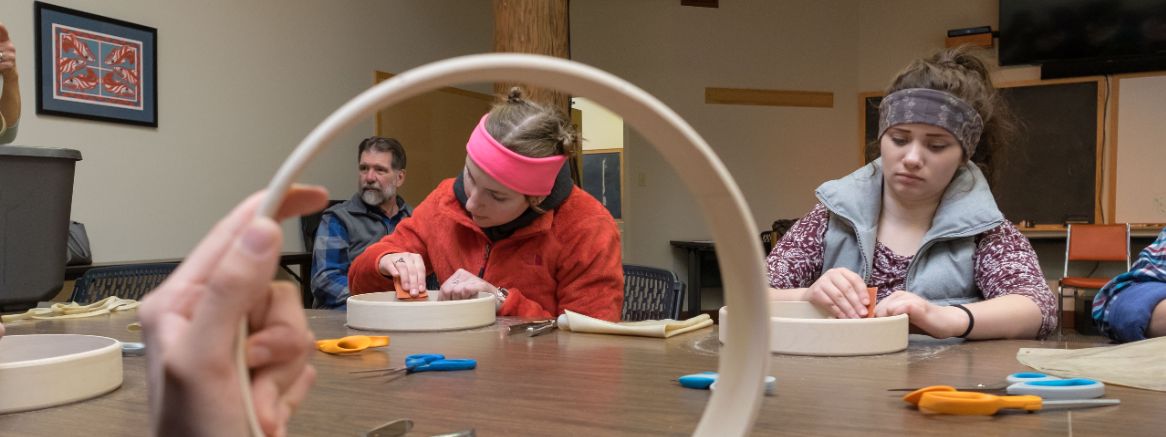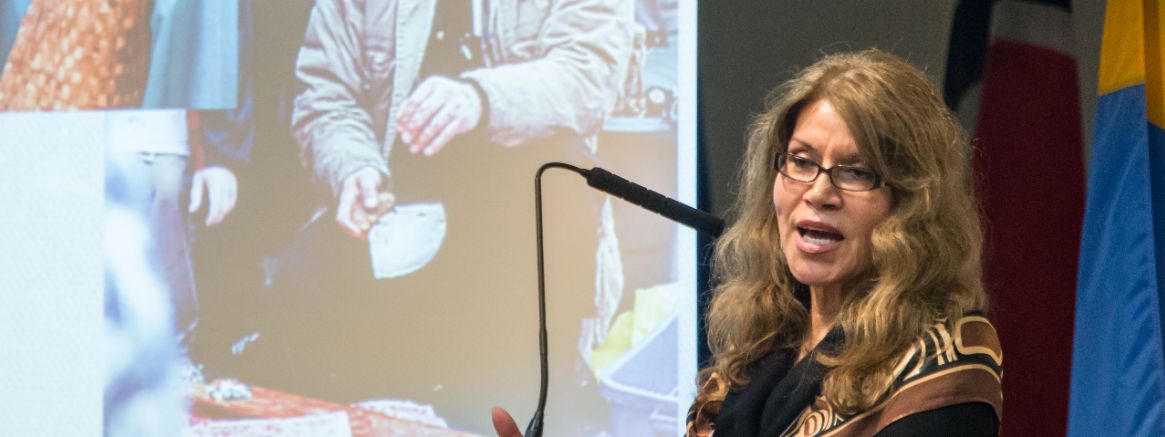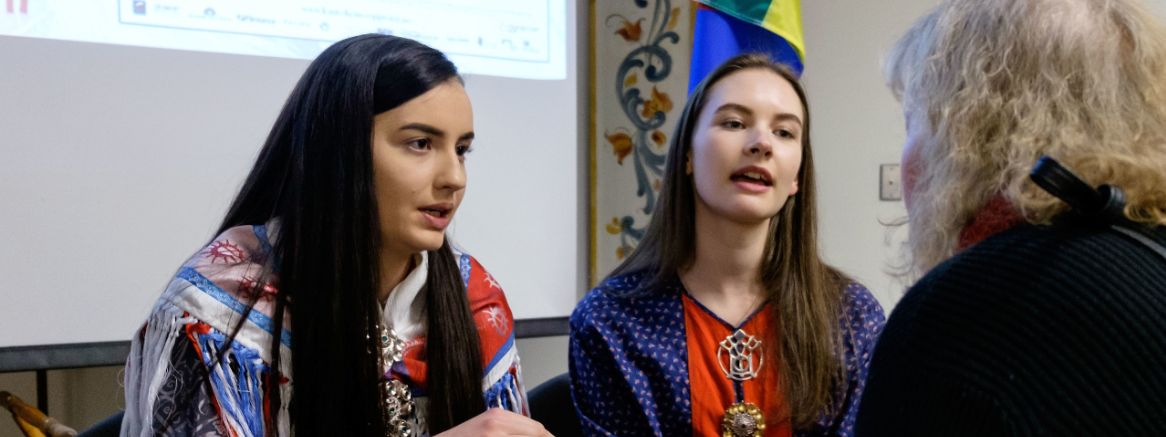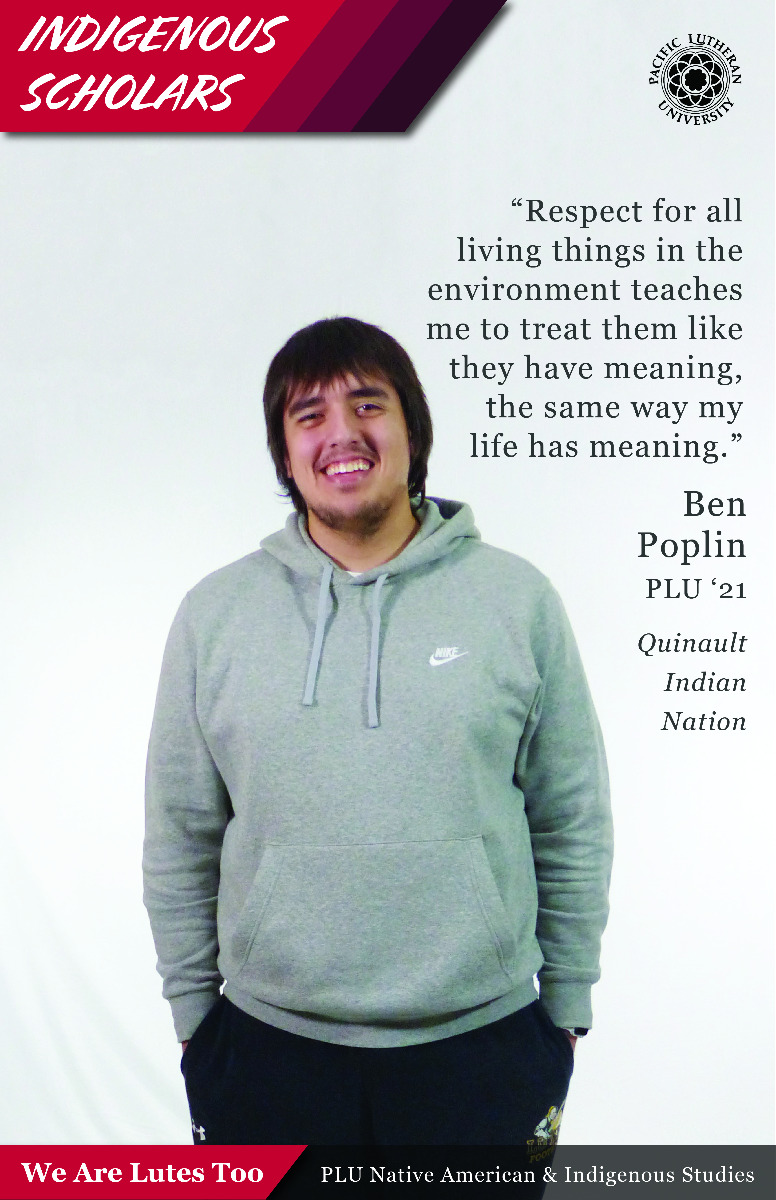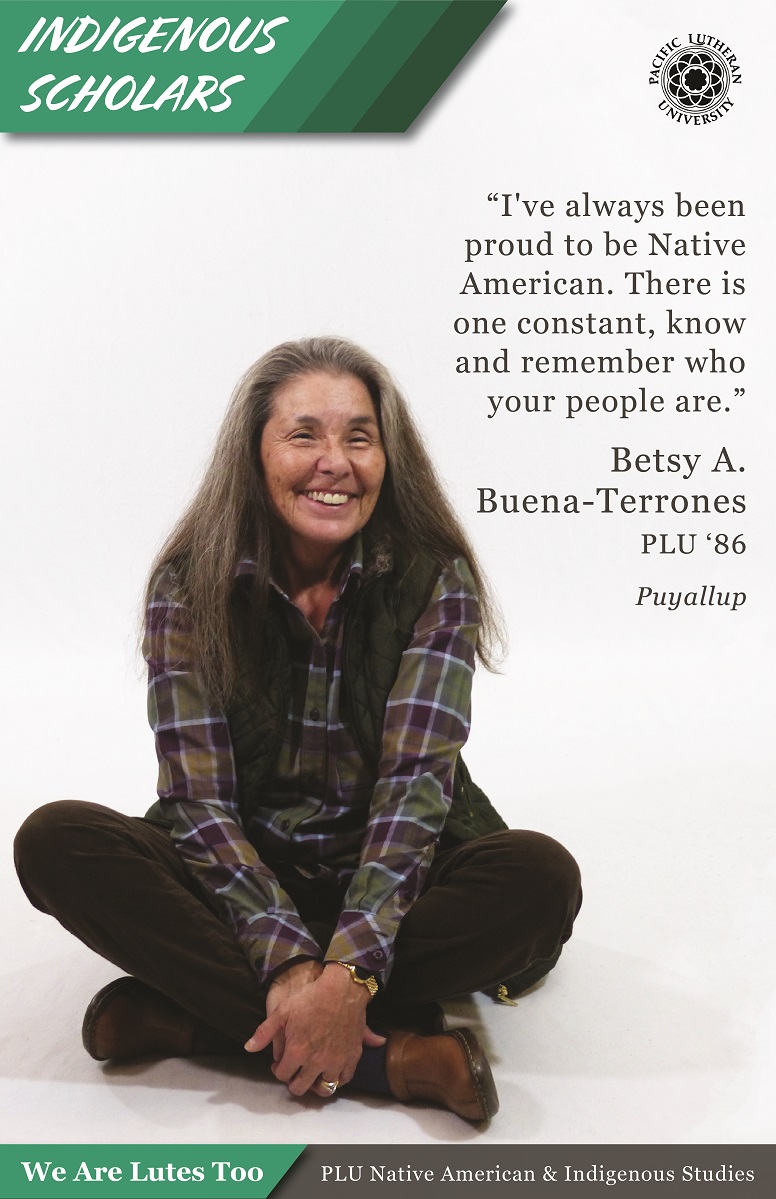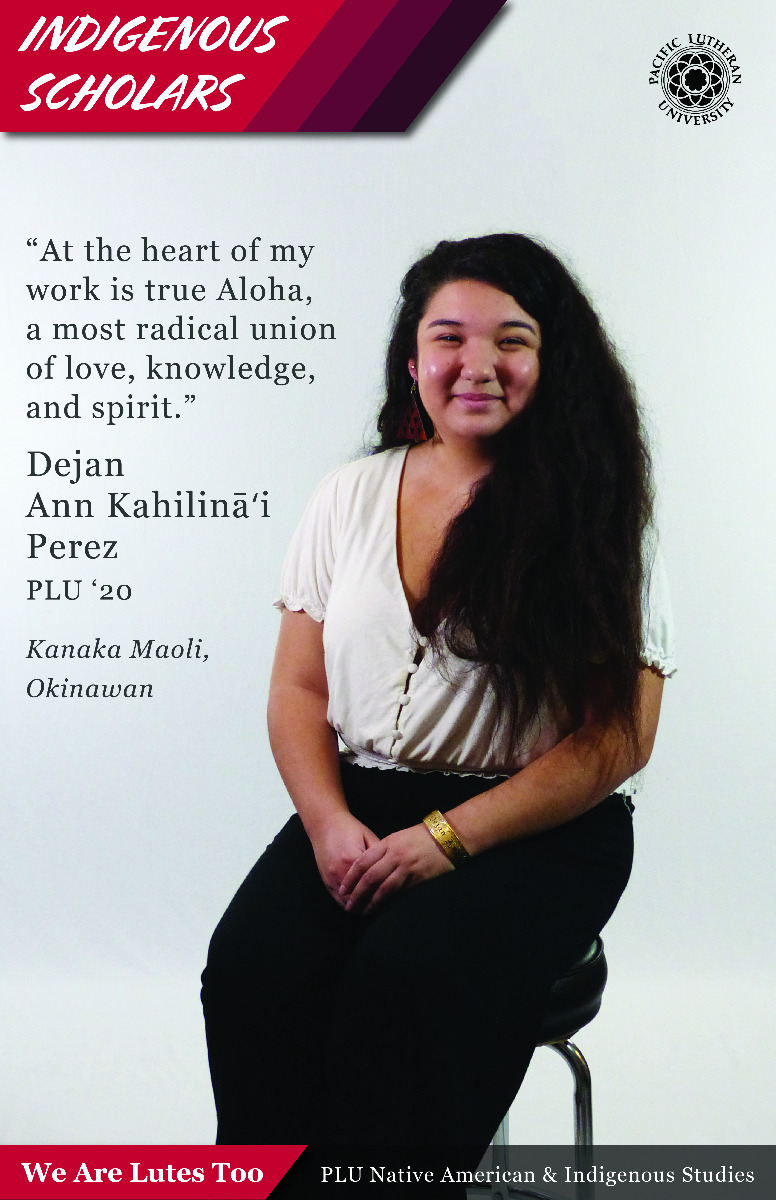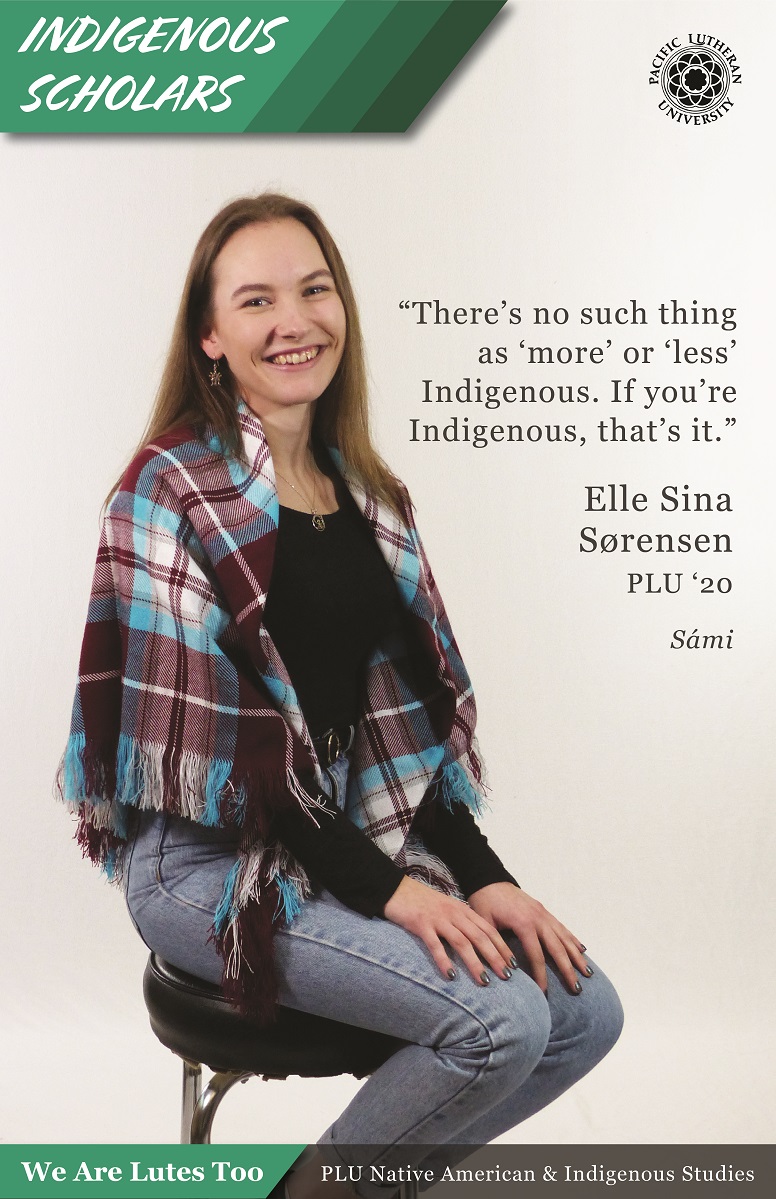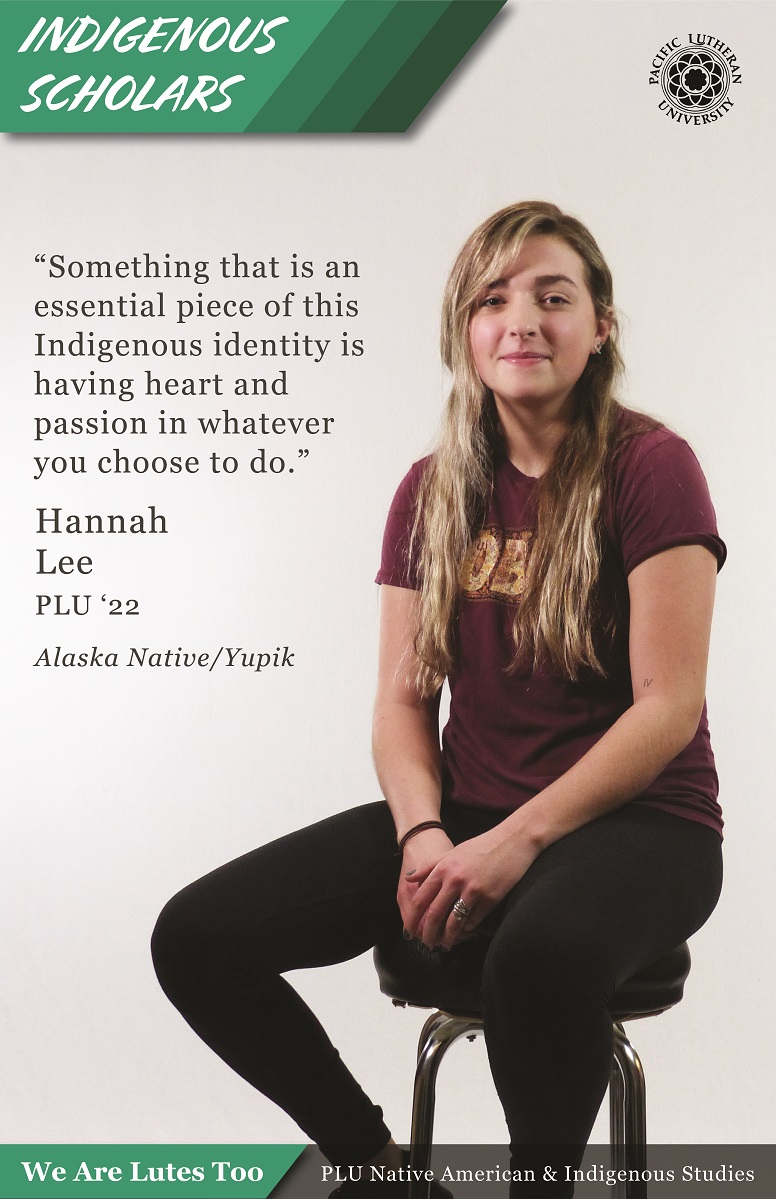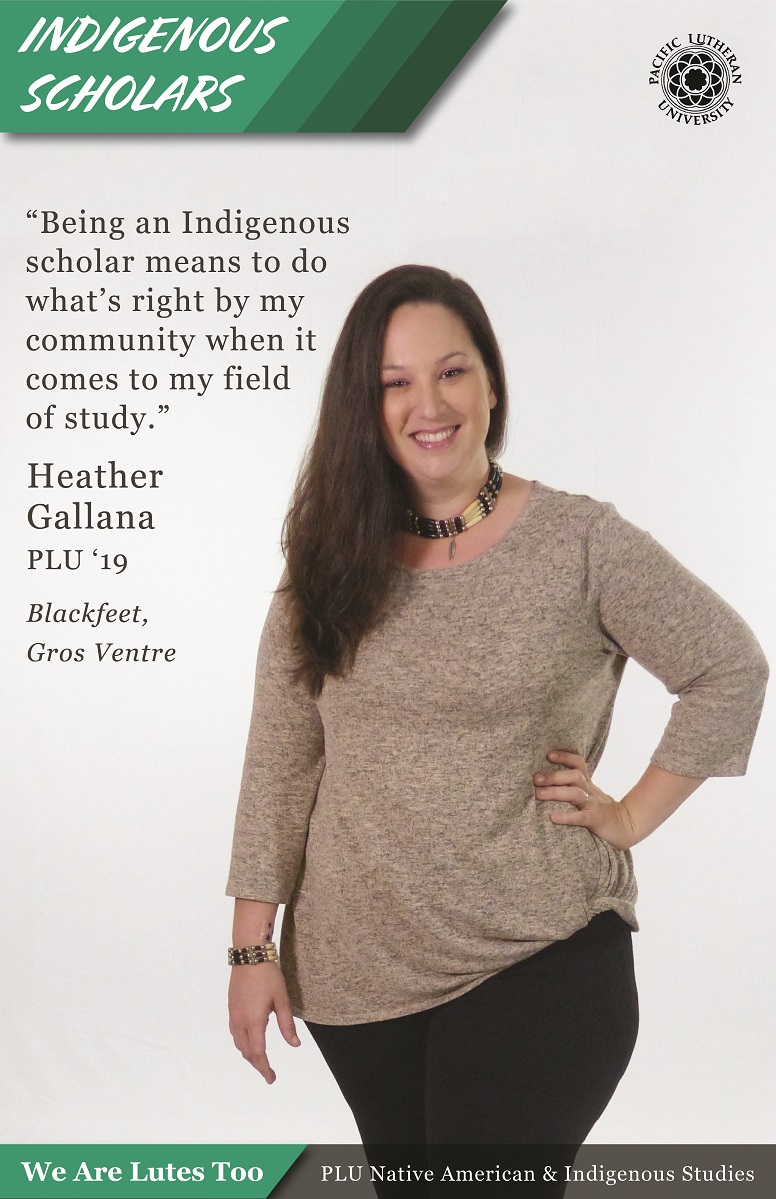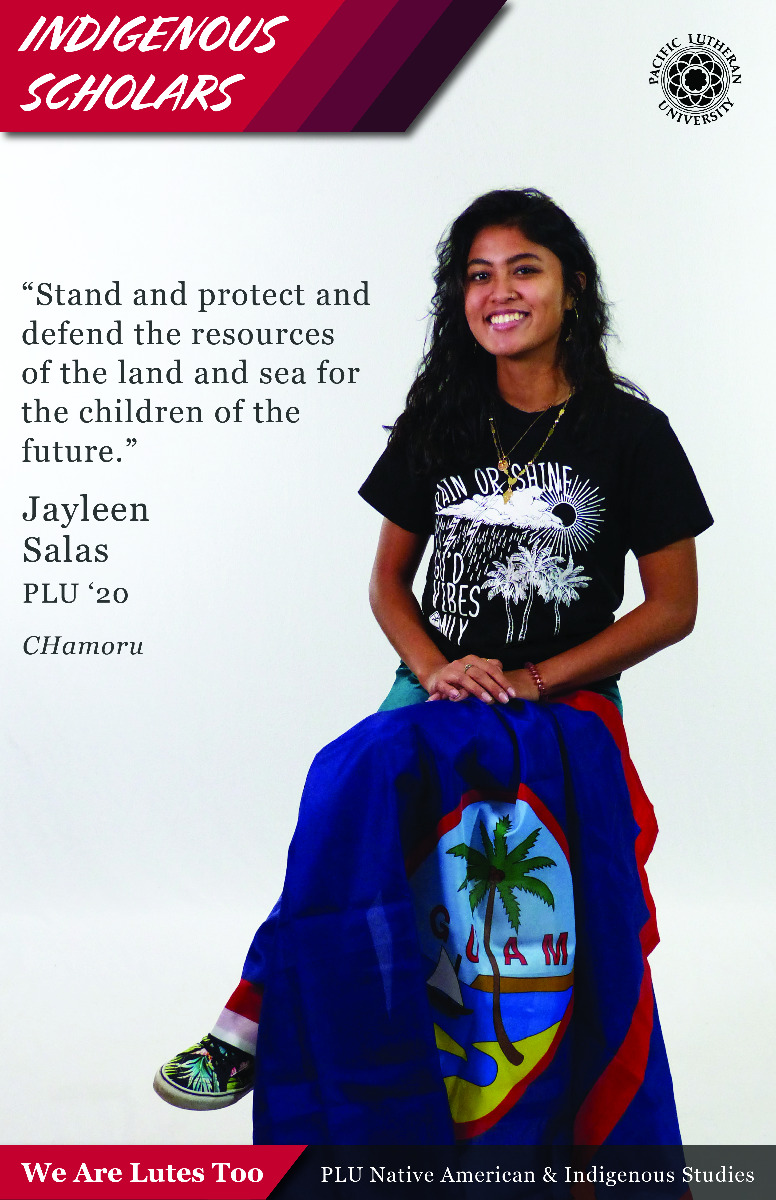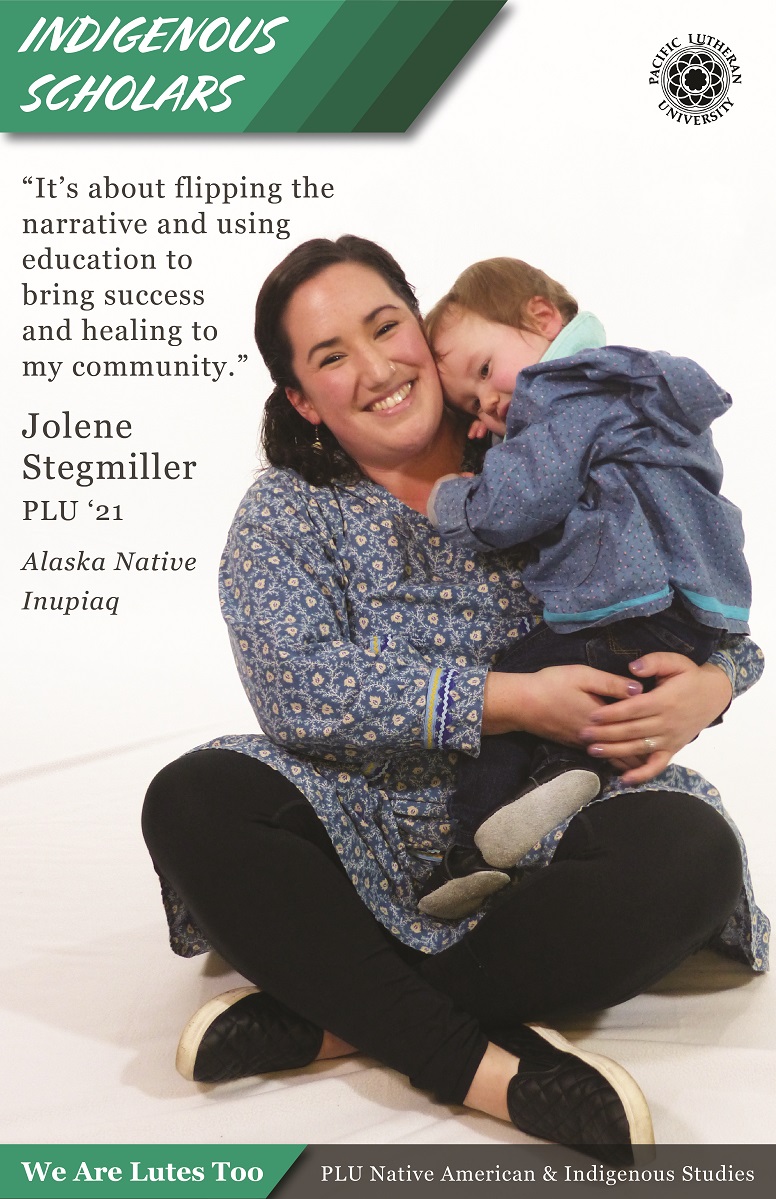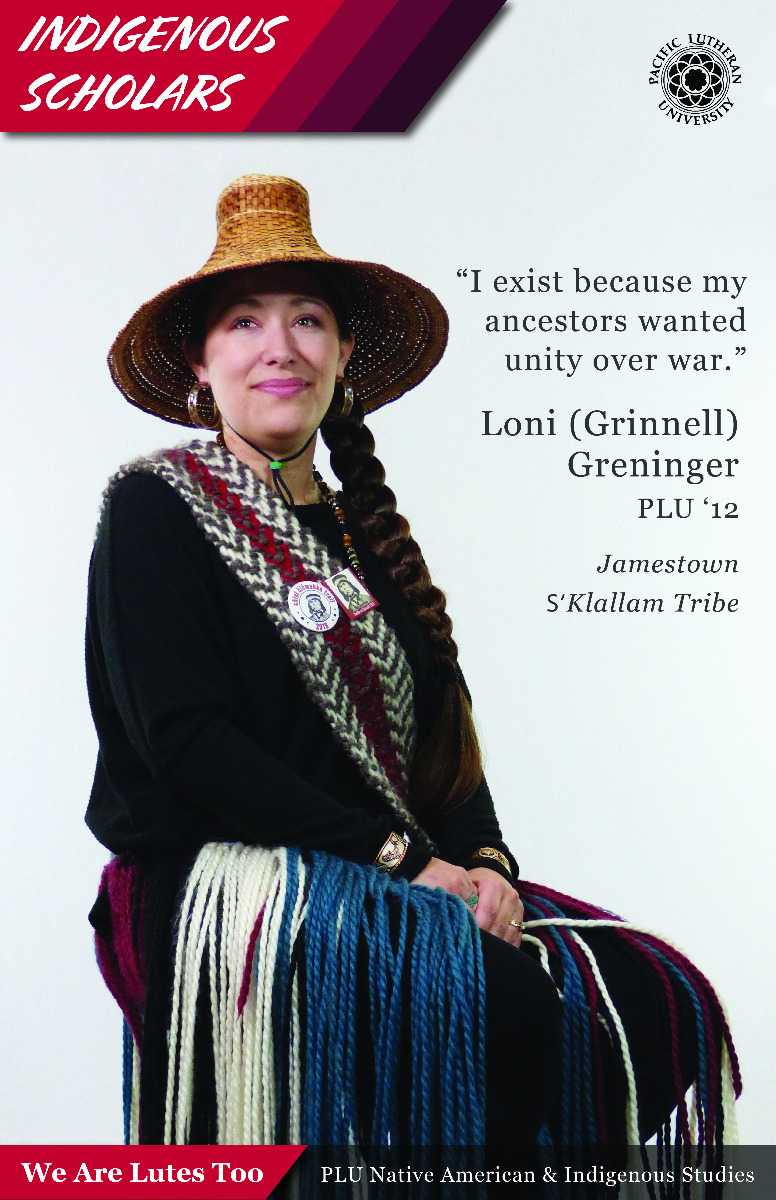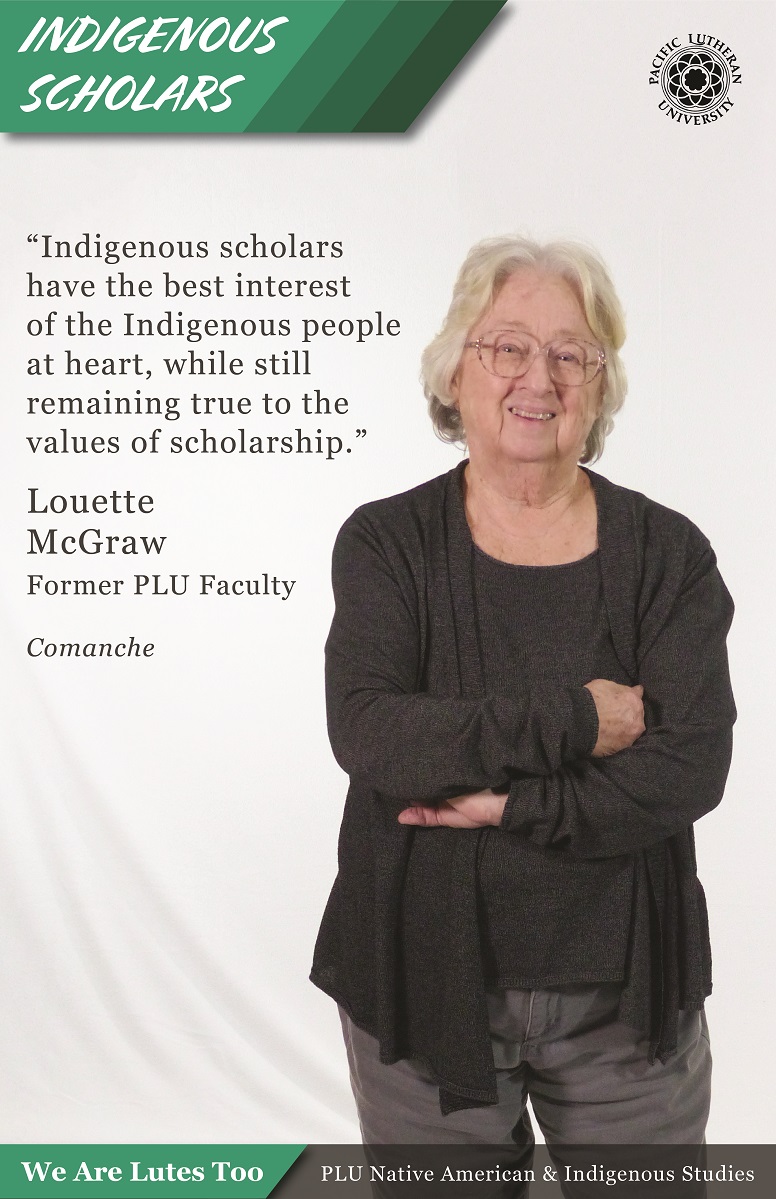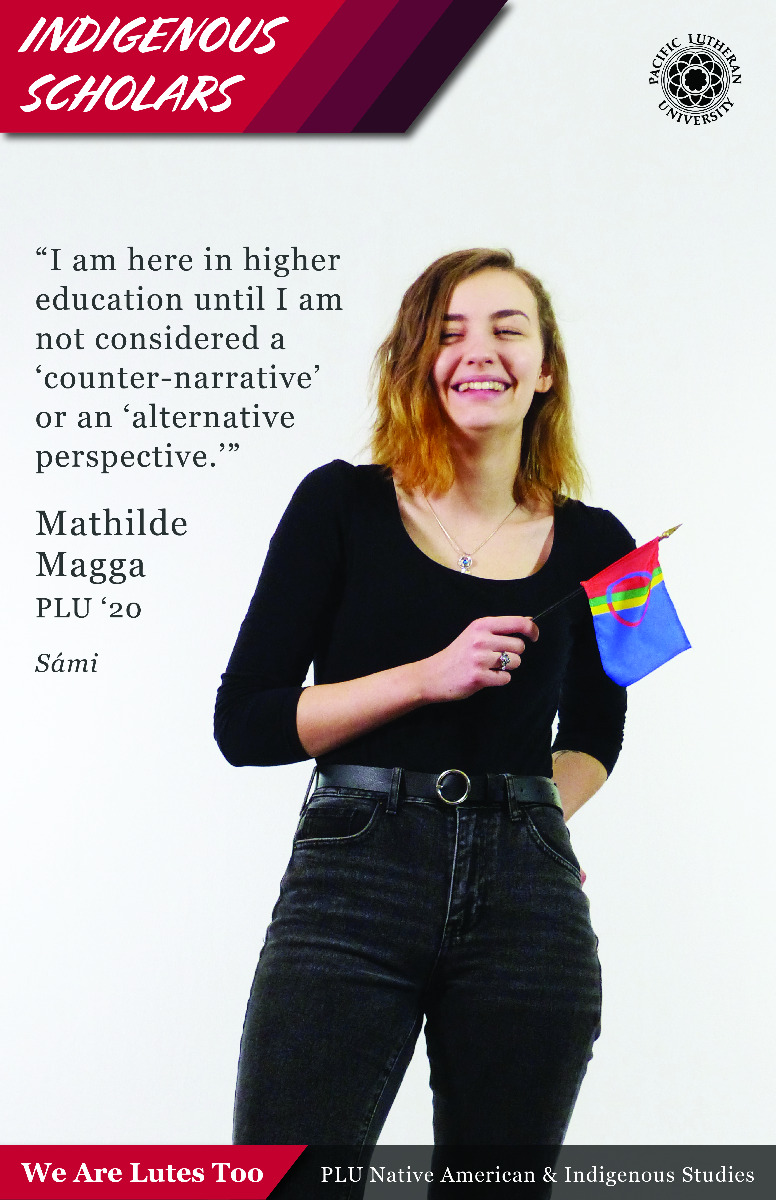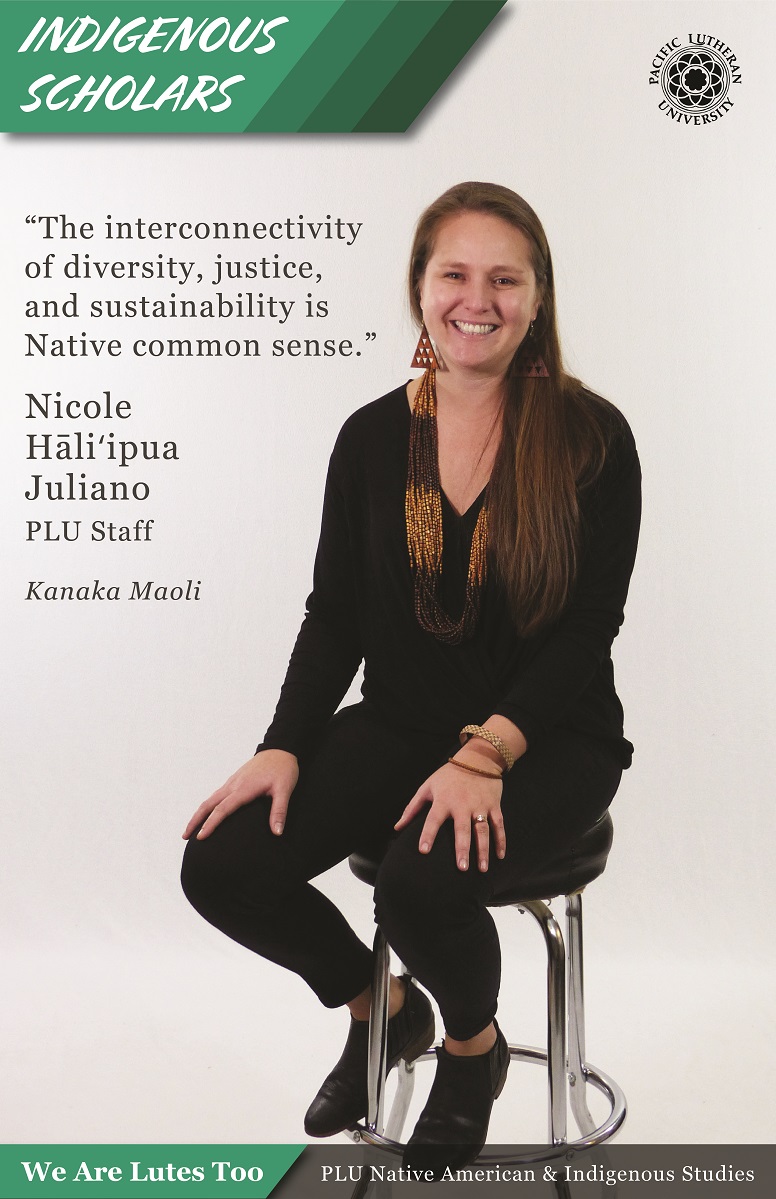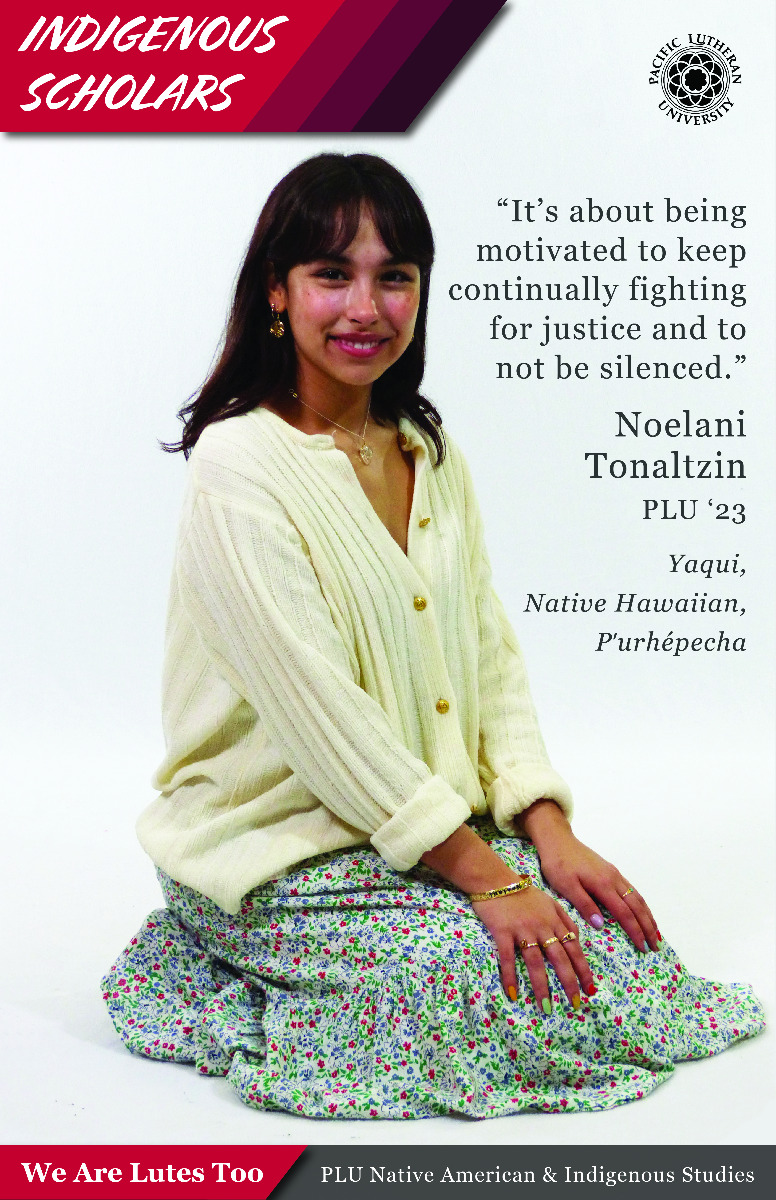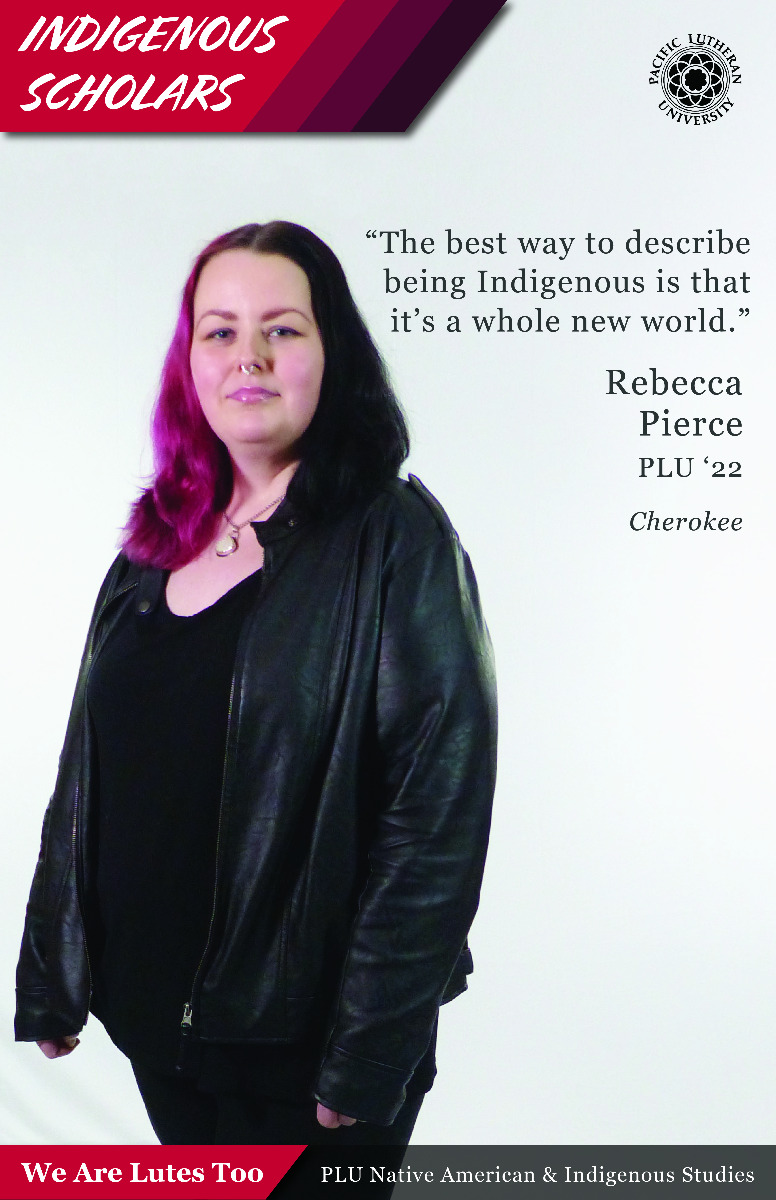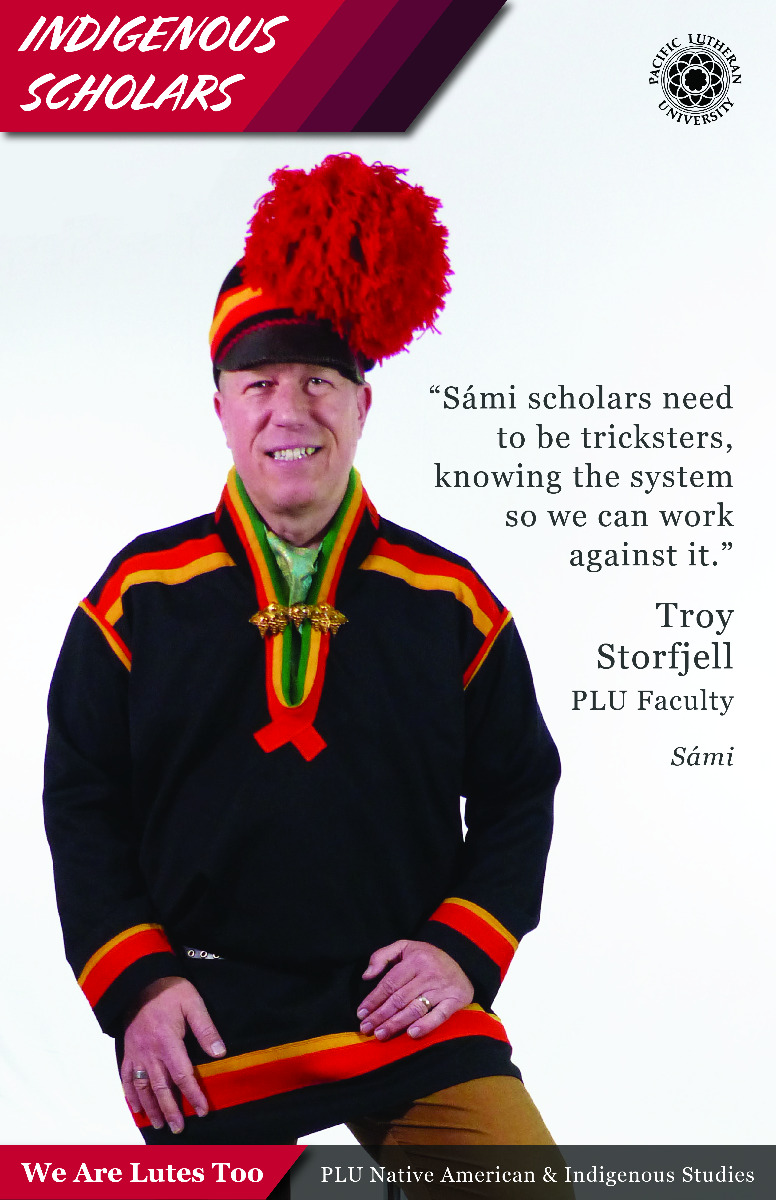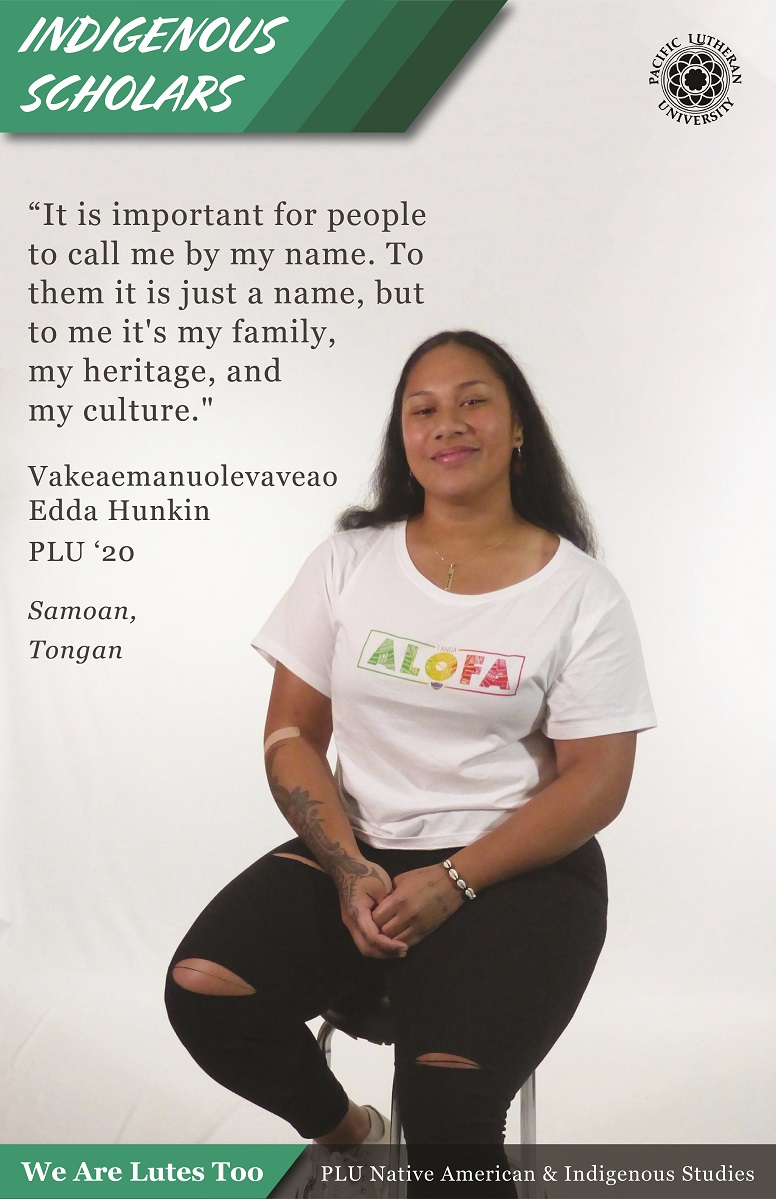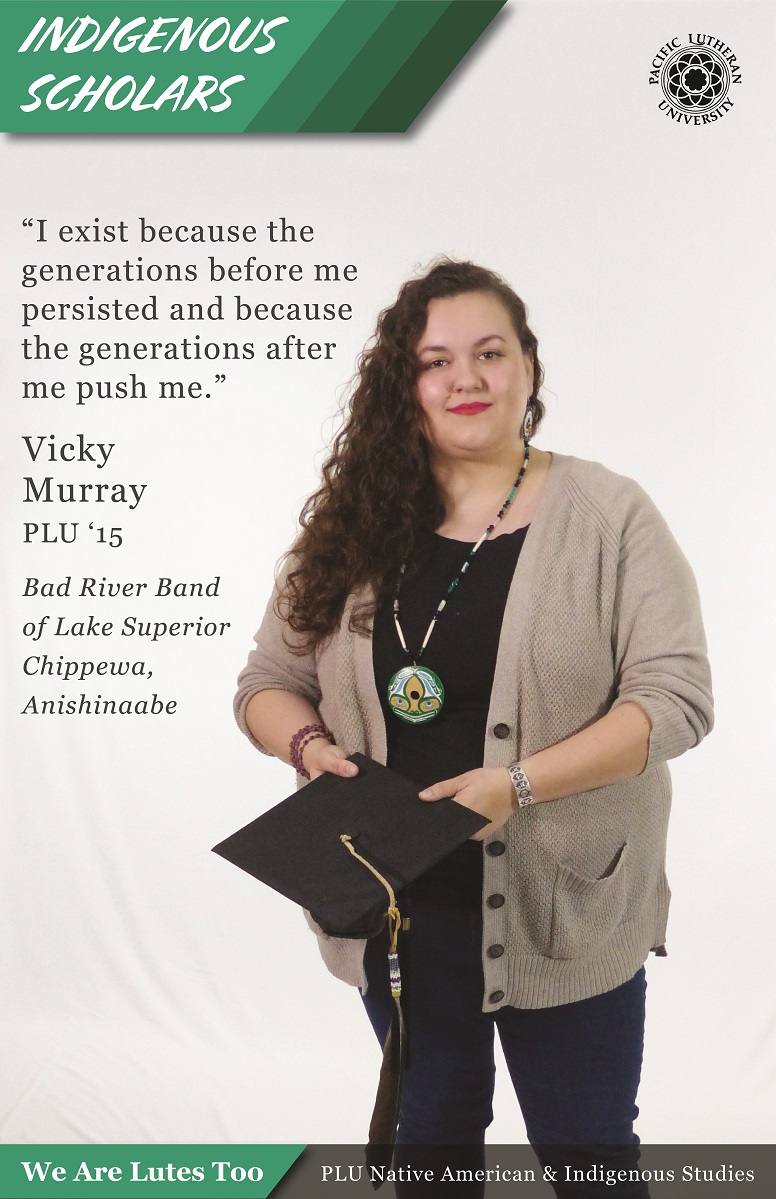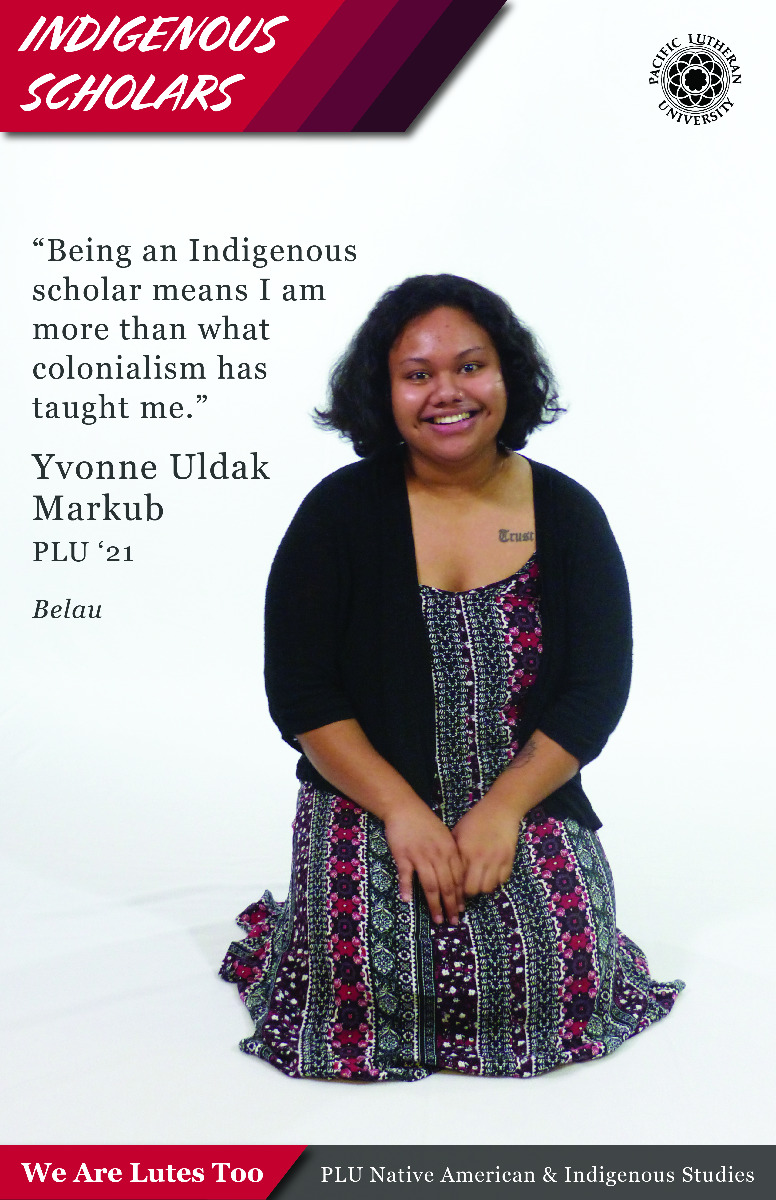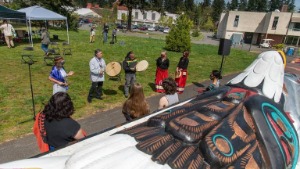Collaborative Engagement
Students in the NAIS Program don’t just learn about Indigenous peoples, they learn with and from them, entering a collaborative learning space in which Indigenous ways of knowing and the academic system meet. With a focus on local cultures, societies and language at the core of their learning, they expand their focus outwards to engage with Indigenous communities, stories and worldviews at the regional, national, hemispheric and global levels.
Diversity
“Indigenous peoples presently occupy 22 percent of the Earth’s land surface, are stewards of 80 percent of remaining biodiversity, and compose 90 percent of cultural diversity” (Dennis Martinez, O’odham) [1].
In addition, 5,000 of the world’s 6,000 languages are Indigenous. In other words, most of human diversity is found in Indigenous contexts. The NAIS Program foregrounds that diversity, using it to structure our curriculum and our classroom learning practices. The idea is not to present Indigenous peoples as museum-like objects, but to engage with them as living, vibrant communities.
Interdisciplinarity
Native American and Indigenous Studies is an exciting and rapidly developing field that complicates traditional academic disciplinarity, which was developed without serious attention to Indigenous philosophies or intellectualism. Students in the NAIS minor will experience this emerging reality by taking courses that draw from a variety of academic traditions, and that foster interdisciplinary thinking and Indigenist critique.



